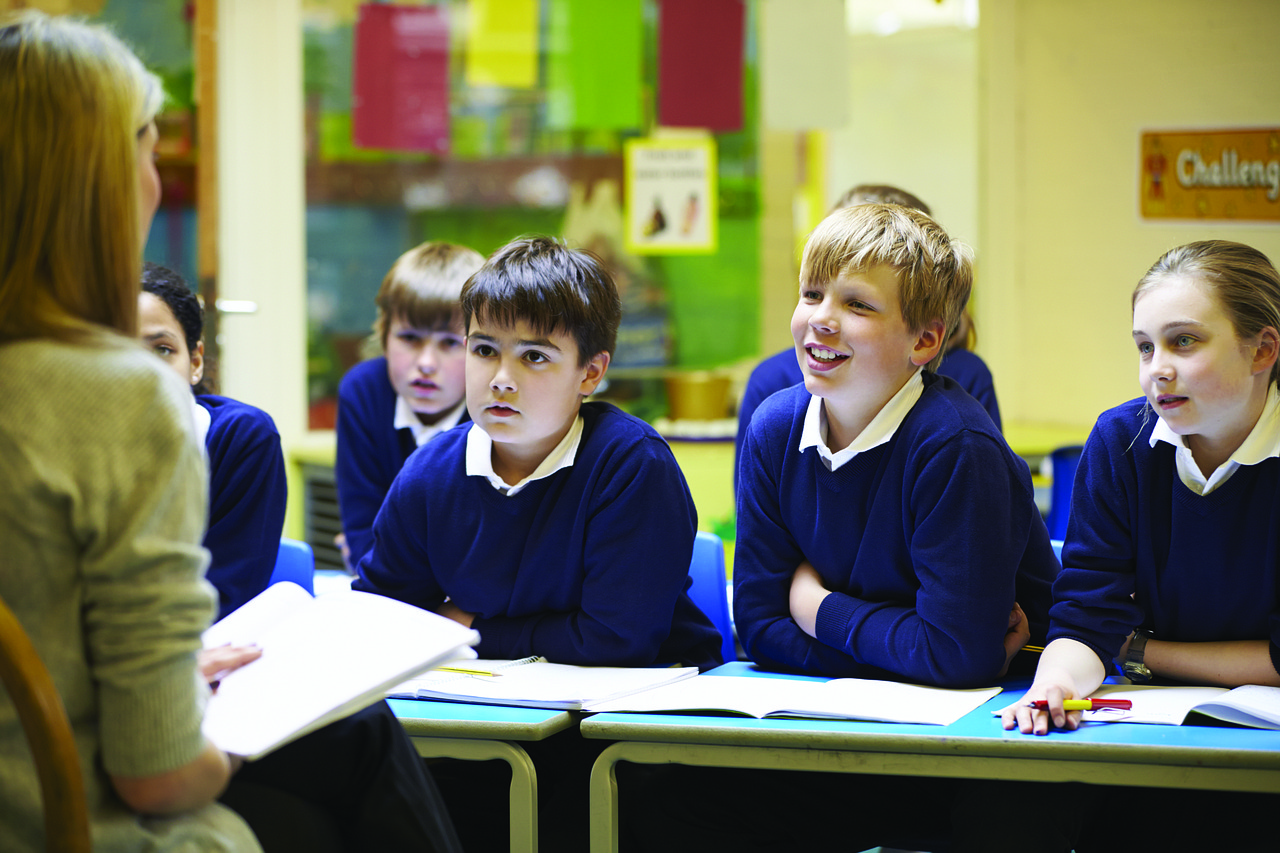There’s a host of resources to help children and young people learn about all aspects of vision and eyecare. Here are some of our top picks.
Early years, key stages 1 and 2
Guide dogs charity – National Curriculum-based STEM packs
Learning resources for 4–11 year olds.
- Learn about the senses through play. Sessions on how the eye works and the benefits that daily exercise, good nutrition, and sufficient sleep have on the body.
- How science and technology are used to create successful guide dog partnerships.
- Guide dog puppy maths key stage 1 and 2 worksheets: includes number within 20, puppy names code breaker, decimals, and measurement: time.
Key stages 1 and 2
Professor Hallux’s i-Guide covers everything from how do eyes work to what’s inside the eye, how do we see and the different parts of the eye. Find out why we blink, why we cry and what happens at the opticians.
Key stages 2 and 3
BBC Bitesize The eye and how it works. A video with keywords, a labelled eye and a quiz.
Key stage 3
I Look, I See teaches pupils to identify and label the parts of the eye and their roles. This international lesson plan is aimed at the equivalent of national curriculum Year 7.
Key stages 3 and 4
Guide dogs charity – national curriculum-based STEM packs
- Guide dog puppy maths worksheets: include mean, median and range and maths word problems – application of number.
- Inclusive cities: a tech project aimed to make cities more inclusive for people with vision impairment.
- Why do we use dogs? A tech project that investigates artificial guide dogs or guiding solutions.
Key stage 4 – GCSE biology
TES PowerPoint and worksheet on the eye. Pupils are shown a diagram of an eye and learn the function of each structure.
A PowerPoint explains the pupil reflex. A short written activity outlines how pupil size changes in response to light. The lesson also includes a diagram showing how light is focused on the retina by the lens and a written assessment explains how blurred vision is corrected.

